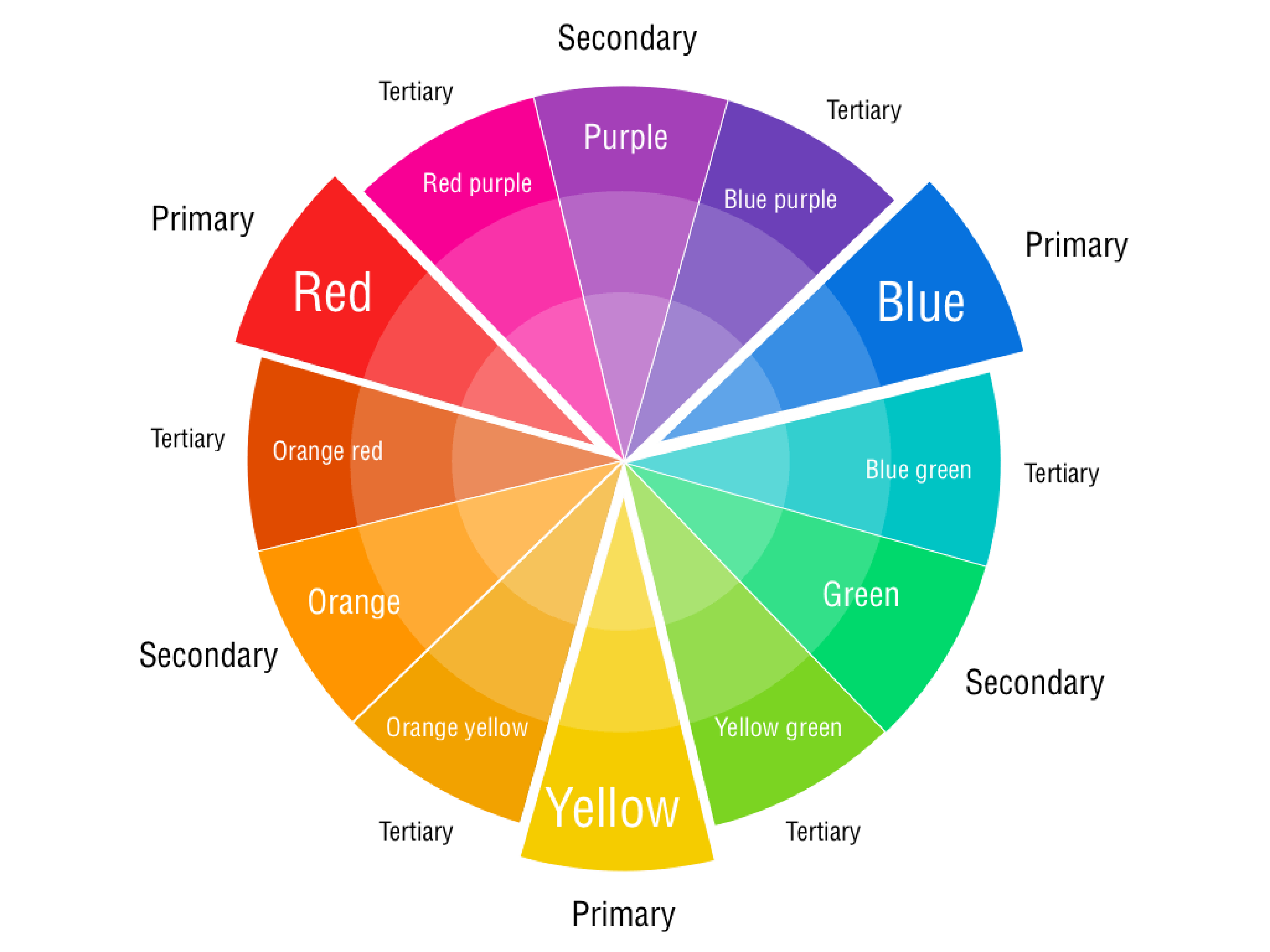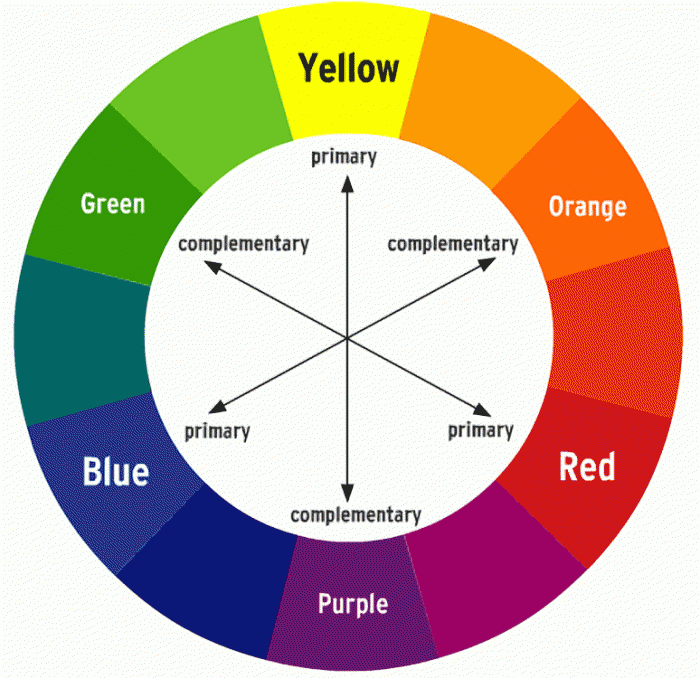

Let’s say that you've decided emerald green will be the main focus in your living room. Think about it in terms of bright or dull.ĭifferent wall colors and paint color schemes affect our moods in different ways. The saturation of a color refers to its strength or weakness in different light.

The value ranges from light to dark on a grayscale.

Tone makes colors more pleasing to look at than pure pigment.


 0 kommentar(er)
0 kommentar(er)
